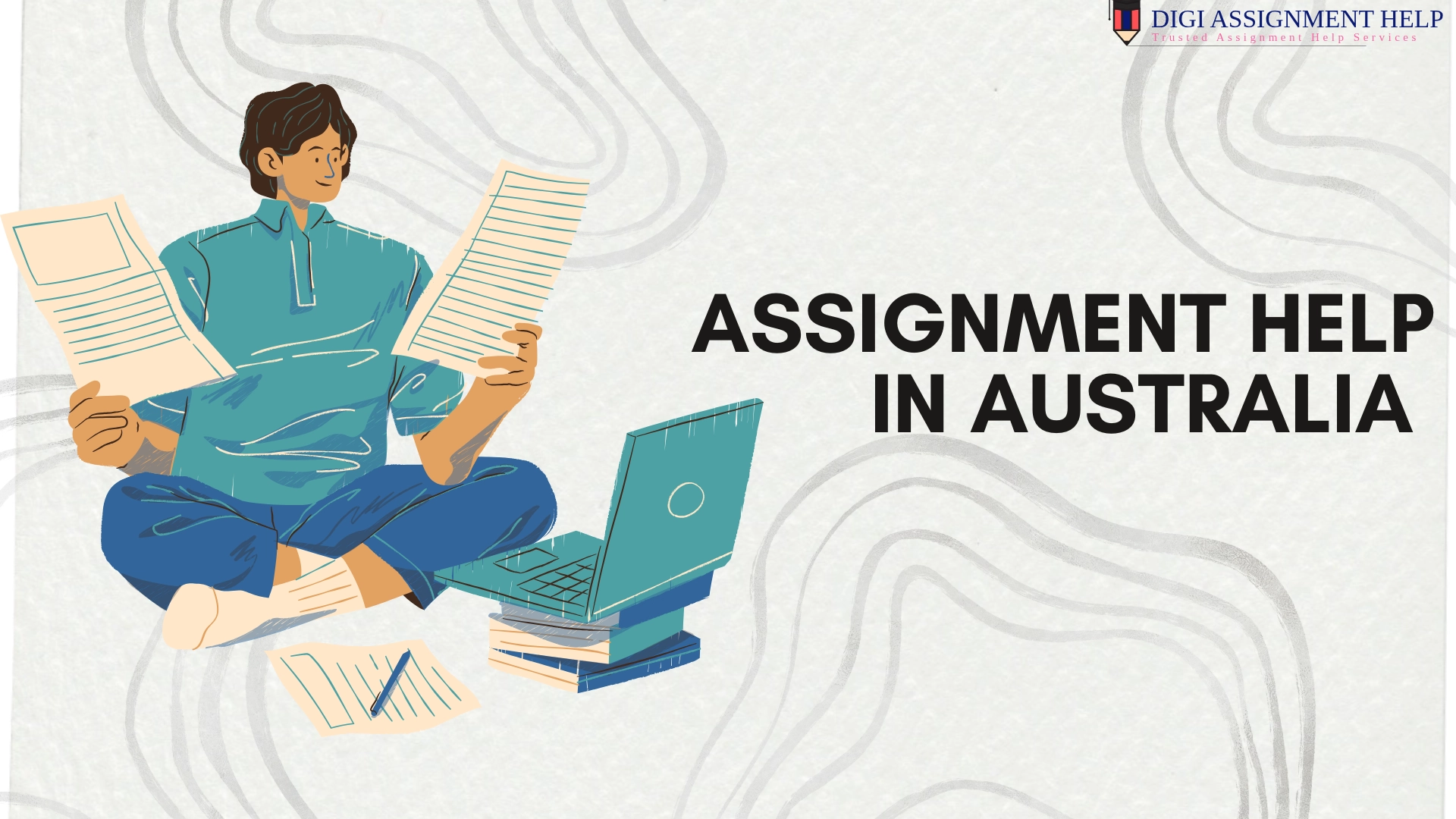How To Write History Essays ?
 24-Sep-2024 08:00 AM
24-Sep-2024 08:00 AM

History is a major subject of humanities which calls for demanding essays. Students pursuing this discipline are often asked to write essays with proper citations.
Writing an essay is not simply about putting out your thoughts, but it also focuses on the format, referencing style, eye to detail and whatnot! Every Australian university has a set standard for assignment submissions. Students need to stick to them to score well.
However, with so much to consider it can become confusing. Students are often in a dilemma about how to write a historical essay. It takes little guidance to clear this confusion and start your journey to write excellent essays.
This guide is a saviour for the students juggling with their research and writing. Read it to save yourself from minute errors and boost your writing.
1. Understanding The Question
You can’t possibly write a good answer when you don’t know what the question is about. Hence, for a swift answer, you need to have a strong understanding.
The most asked questions in this discipline are about analysis, comparison, or discussing causes and effects. The key to answering these questions is to break them down.
If you don’t know the meaning of any word, learn it before proceeding. You can also identify themes like time periods, historical figures, geography, significant events and more.
An example of the question here is: “How did the COVID-19 pandemic affect the economy in Australia?”
2. Conduct Thorough Research
This is where your paper starts. A thorough and detailed research is required to write crisp arguments. It can’t be stressed enough about the reliability of the sources. There is no scope for false information.
For credible resources, you can refer to databases, libraries and universities. For example, Trove is a resourceful website that provides an Australian digital repository. The material can be divided into:
Primary sources: there are first-hand accounts. For example, letters, speeches, and government documents. You can also refer to newspaper articles from that period.
Secondary sources: these are books, articles, and pieces that analyse the event. While referring to these it is important to follow the right citations. One should be aware to put the right date, and account. It will help to maintain accuracy and coherency. This eventually shapes your arguments better.
2. Craft A Strong Thesis Statement.
This is the backbone of your essay. A thesis needs to be precise, clear and to the point. It should focus on one end and should not be misleading. This answers the questions directly.
A thesis is basically the central argument around which the whole paper revolves. It also acts as a guide and gives the readers a gist about what to expect in the next sections.
For example: For the above question about COVID-19 19 you can write- “The pandemic has a detrimental effect on the economy of Australia and the world. It shut down borders and threatened the jobs of many people. It increased unemployment and caused economic crises.”
4. History Essay Structure
It is what gives your essay a definite shape. Without the right structure, your essay can be complicated to read and readers might lose the trail. The typical format is:
-
Introduction: this section provides the readers with basic information about the subject. It includes background information and presents the thesis statement. It should be written well to engage the reader. Keep it short and informative.
-
Body paragraphs: this is where you provide the readers with important points. It builds the arguments to support your thesis. Keep the sentences clear and help them with researched material. You can use both private and secondary sources if well cited. For example, while talking about COVID and its impact on the economy, you can talk about the numbers and percentages. You can mention the decline in GDP and the rise in unemployment by providing the figures.
-
Conclusion: this is the ending part which focuses on briefing the arguments. It does not include any new information or points. Talk about how your evidence supports your thesis. Also, covers how this topic relates to the situation of Australians overall.
5. Maintain Historical accuracy
Precision is important in these essays. The mentioned dates, events, people and locations should be accurate. For example, in Australian history, one will have to understand the timeline of various events.
This applies to all events including federation (1901) or white Australia policy. Do not mix events and dates. Double-check your facts and figures before proceeding to submit.
6. Use critical analysis
An essay is not simply about putting facts. It’s not limited to storytelling. It involves critically analysing the events and their importance today. It includes looking at clauses, perspectives, and consequences.
In the case of Australia when you talk about colonial settlement it should relate to how it affects the indigenous people. You can analyse the impact of colonisation on the people. It should be backed with facts.
Do not hesitate to oversimplify the text as it will lead to a lengthy discussion. There are many factors involved in an event. Talking about these factors will strengthen your arguments.
7. Referencing and Citations
Many students are confused about using the right citations. Australian universities mostly use APA and Harvard referencing. Hence make sure you learn these styles.
Whenever you use an argument of a scholar or even a quote, make sure to cite it. You can include it in a footnote or in text. At the end of your essay provide a bibliography.
Citations help to avoid plagiarism which is considered a very serious offence in an academic setting. You can also do a plagiarism run before submitting. For this, there are tools like Turnitin and Grammarly available.
8. Editing and proofreading
This is the final stage of your paper. It gives you the time to ensure the flow is logical and that the arguments connect to the main thesis. You should check that your writing is format and easy to read. The aim is to remain concise and brief while writing thoroughly. Avoid any complex sentences to prevent confusion among your readers.
Proofreading will help to fix grammatical errors, syntax, spelling and punctuation issues. Reading the material aloud helps to spot errors easily. You can also get it checked by a peer. Pay attention to the transition between paragraphs to check there is a logical flow.
9. Answer the Essay Question
It is to be kept in mind that at every step of writing you refer back to the question. It is possible to get lost in the details while giving a description. But every sentence you write should be relevant to support your argument.
Every paragraph should either give an analysis or some solution. This check will keep your thoughts in alignment with the history assignment.
10. Conclusion
This is the final section of the paper. It briefly summarises the important points and refrains from including any new information. This section should be simple and a reflection of your thesis.
The Way forward
Writing a history essay requires exceptional research and writing skills with the knowledge of right referencing and editing. Students might struggle to get a grasp of the whole structure.
Digi Assignment Help is a saviour for students who want to produce excellent history assignments across all Australian universities. We have assignment experts who know the subject matter and understand the depth of questions.
Our essay writing help cover all the queries and produces an exceptional thesis. With practice, one can excel in this skill of writing good assignments. With the necessary professional help, students can continue to write informative and engaging papers.



























